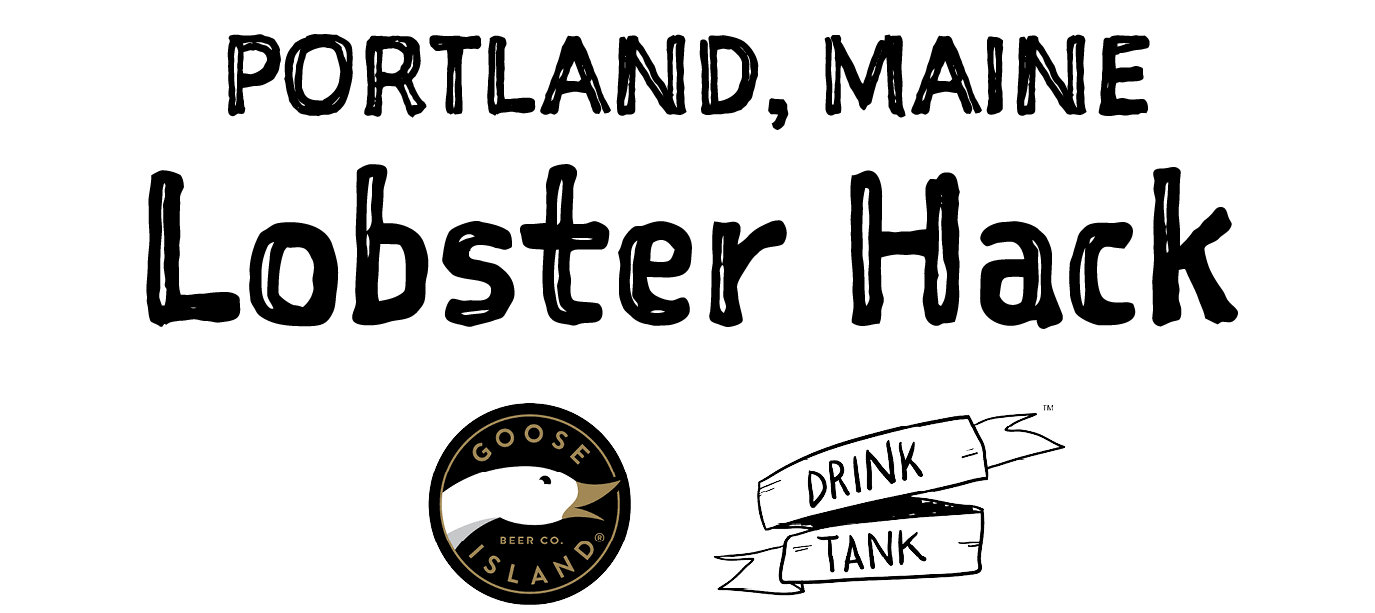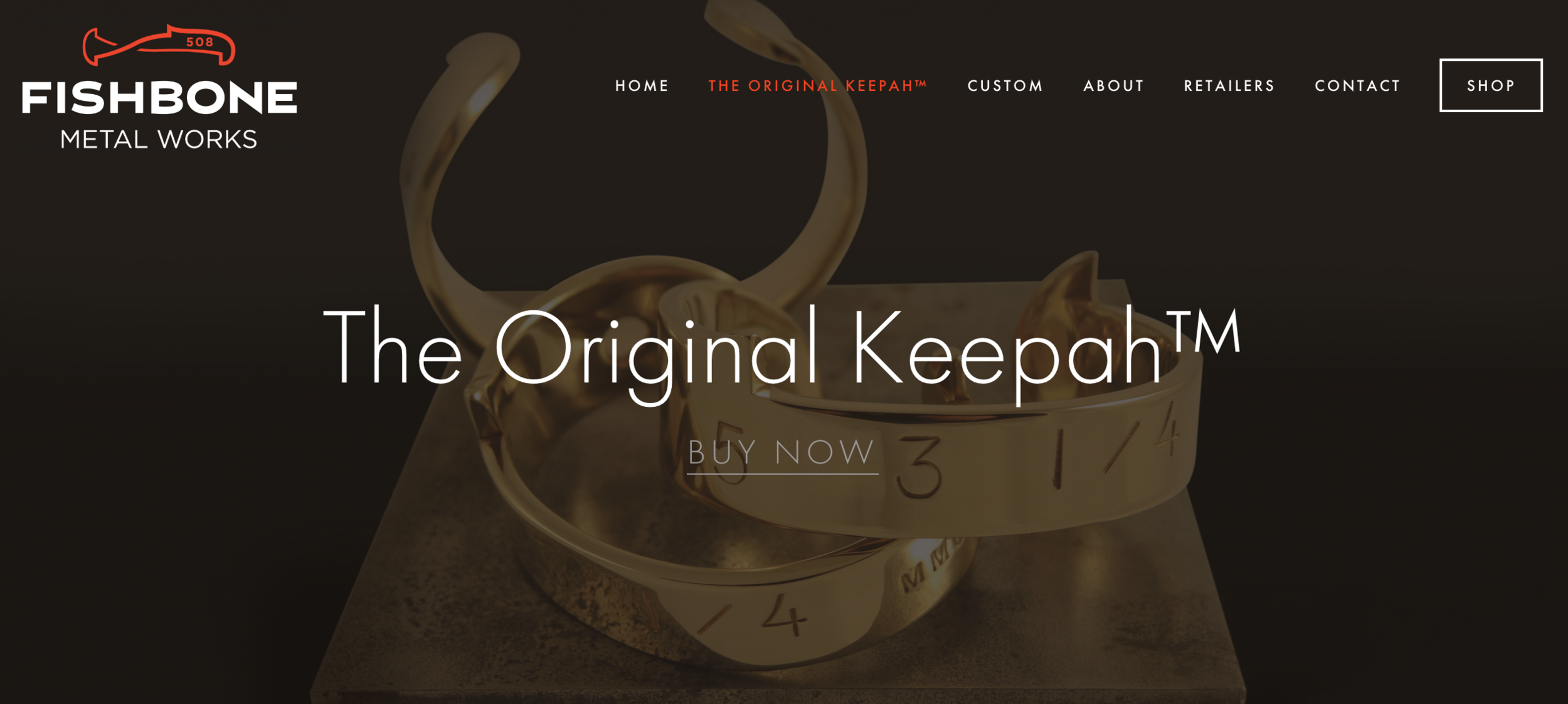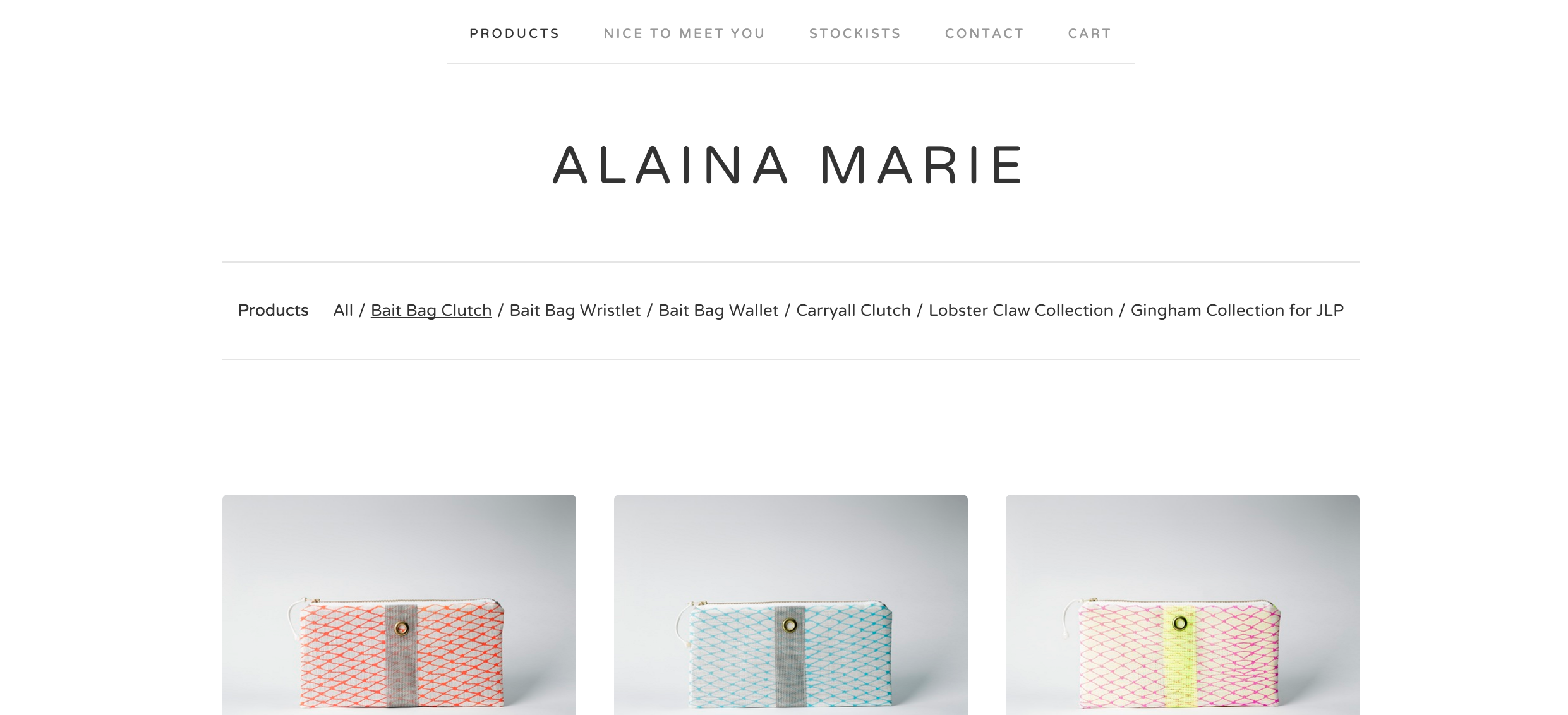Drink Tank is a recreational think tank that brings people from diverse backgrounds together to unlock insights, solve problems and make meaningful community connections. This spring we've partnered with Goose Island's Migration Week to host "parties with a purpose" in cities across the country. We are facilitating unique community pairings that celebrate Goose Island's spirit of innovation, collaboration and creativity, and enjoy good beer in the process. Follow along here for our latest travel updates.
We recently returned from Portland, Maine, where we hosted the first-ever "Lobster Hack" design challenge, a prototyping session to reconsider the lobster trap design, held at a makerspace and made possible by Goose Island beer. The sold-out event brought designers, makers, tinkerers, creatives, and fishermen together to look at something familiar in a new way. Small teams collaborated to infuse new ideas and modes of thinking into a design steeped in history and tradition.
The basic lobster trap design hasn't changed much over the past 125 years despite (or perhaps because of) its inefficiency. Some estimate that for every 20 lobsters that enter the trap only one is caught. While this fact is often attributed to the sustainability of the fishery, it also requires more work, resources, and fuel from the lobstermen who harvest them. We compiled insights from our conversations with lobstermen, biologists, designers and distributors to frame a design challenge aimed at addressing industry pain points. Next, we invited clever Mainers to join us to collaborate over beers and lobster rolls. (Read more about the design process our blog post here.)
“The lobstering industry is a very traditional industry. Most of the people who are in it have been in it since they were very young. They are very very good at what they're doing but anytime you can get a fresh set of eyes on something that is such a traditional industry – I think nothing but good things will come from it. That's where fresh ideas come from.”
– Curt Brown, long-time lobsterman and in-house marine biologist at Ready Seafood
Design thinking requires an ability to listen, imagine, create, and a healthy relationship with failure. While it’s impossible to build the "lobster trap of the future" in a single evening, a unique cross-section of Mainers collaborated to generate smart ideas in a single hour of prototyping. Eight teams tinkered with cardboard boxes, zip ties, and recycled materials to address opportunities to improve things like weight, trap efficiency, lost gear, and vertical lines. Below is an overview of what these “lobsterpreneurs” came up with:
This team addressed the issue of escaping lobsters by modifying the entrances to be higher on the trap and placing bait bags on the bottom, with the intention that a lobster would be less likely to return to the top to get out. The team also designed an “anti-escape device” that hangs off the bottom of the trap to that if a lobster and would drive lobsters deeper into the trap.
This team redesigned bait bags, replacing them with a “a noodle pocket”(an elongated design) that runs along the length of the trap enticing the lobster to continue to move towards the back of the trap. The team designed a seesaw-like system so that a legal-sized lobster would get “tipped” into the parlor, trapping it inside.
This team was inspired by the spiky entrance at airport car rental locations that make it deliberately easier to go in than out. In their scenario the lobster pushes on something that activates the trap, and blocks the escape. This team also considered changing the shape of the trap to a (stackable) trapezoid shape with a ramp that drops lobsters into the trap. A sensor/counter would indicate when a legal size lobster enters the trap so lobstermen would know how many lobsters are in the trap.
Since lobstermen have been fishing with the same design for hundreds of years this team opted not to change the trap, but add functionality to the existing design, while still helping to reduce the carbon footprint of the lobstering process. The team leveraged the “Internet of Things” adding internet connectivity to traps by installing a device into existing traps. The technology includes a switch that would be depressed based on the size of the lobster, indicating when a trap is full.
This trap design addresses ghost traps with a simple modification to the escape vent that involves a plastic block with a flotation device and line. The trap sits on the bottom, the biodegradable hog rings that release the escape hatch today would release the plastic block like a buoy, marking the location of the ghost trap while still maintaining its function as an escape hatch for any lobsters in the trap.
This team moved the bait to the back of the trap to address the issue of legal-size lobsters entering, eating, and leaving the traps. This team opted to leave the basic shape the same, but added a third entrance, and remove the kitchen entirely.
This team addressed the environmental threat posed by ghost traps. The team devised a “brick” made of eco-friendly biodegradable lobster shell composite, and filled it with existing technology to enable it to read for things like geolocation, temperature, current, and GPS. Using a device similar to an airport baggage scale, a sensor would signal when when the trap is full. Technology would indicate movement in traps (due to current, a cut line, or lobsters themselves), and because the brick emits a signal traps could be located if lost.
Inspired by the PVC pipes in the lobster tank at the grocery store, this team decided to provide a place for lobsters to hide. They noticed that lobsters in the tank wanted to back into the pipes to avoid being in a pile, and used this insight to inform their design. They placed a terracotta pipe in the trap, providing a space for lobsters to feel safe within the trap rather than leave it. They also moved the entrance and used a smaller mesh in the bait bag to help it last longer.
The Lobster Hack is over, but if you enjoyed the design process– good news: there is a lot of fun stuff happening in Portland. We hope you help yourself to another round of innovation below.
Special thanks to Adam Burk who was generous with his time and insights. Adam is involved in some really cool projects and if you're looking for more more Maine inspiration, innovation and design thinking these links are worth a visit:
We can’t say enough good things about our hosts at Open Bench, Portland's largest makerspace. Reach out to learn more about their membership, classes, workshops and events. (Rumor has it that after having so much fun at Drink Tank they will be hosting more design-related events. Check back soon for future iterations.)
If your goal (like ours) is to give serendipity a nudge, check out Maine Startup & Create Week this June. You'll have the chance to hear from speakers across multiple industries and connect with entrepreneurs, designers and investors.



































